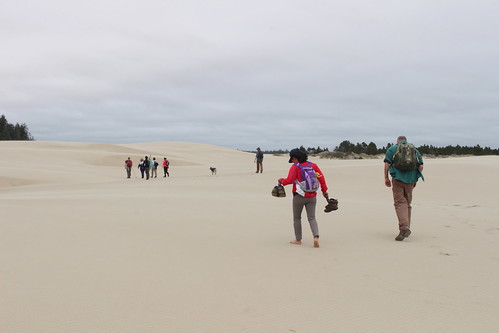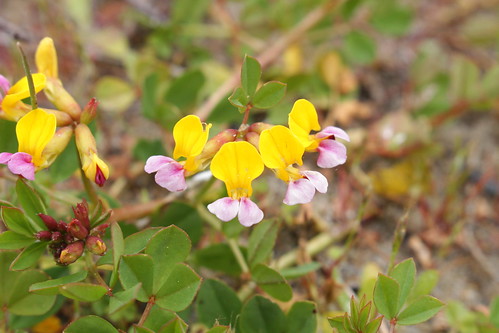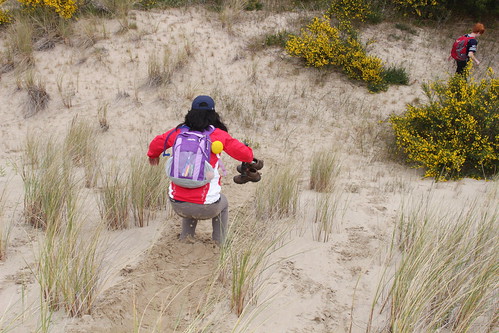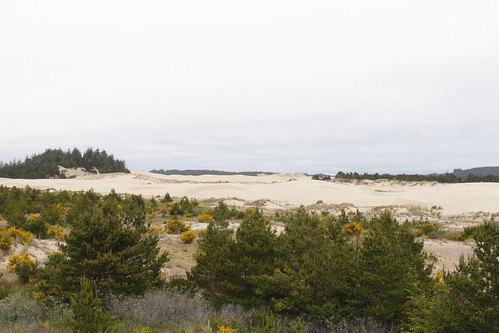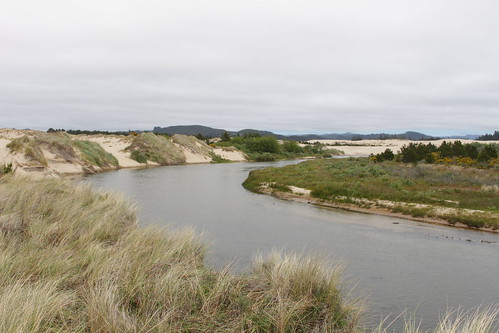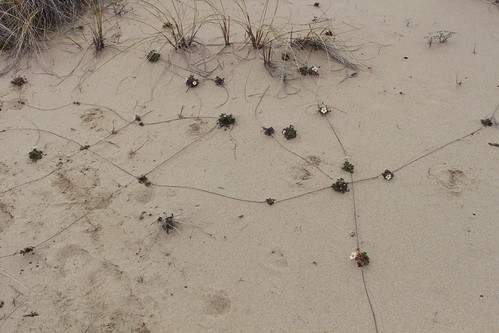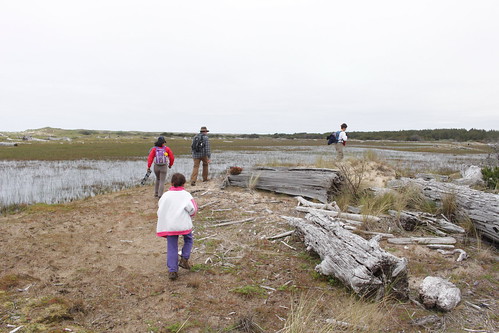Freeze damage shows up in Washington, Oregon blackberries
Oregon and Washington berry farmers and crop consultants say that the harm inflicted by a hard winter on blackberry bushes is becoming clear.
Bushes are failing to bloom, and some farmers have cut canes to the ground, sacrificing this year’s crop in hopes of rebounding stronger in 2018.
“Probably the hardest decision a farmer has to make is scrap his crop. But if you don’t see blooms, you won’t see fruit,” said Ridgefield, Wash., berry farmer Jerry Dobbins. “The damage is catastrophic. It’s every place.”
Oregon dominates U.S. blackberry production, while berry growers across the Columbia River in southwest Washington have been adding blackberry acres. Growers produced large crops in 2015 and 2016, but saw prices fall. The U.S. is a net importer of blackberries, with berries coming from such countries as Mexico, Chile and Serbia, according to the USDA.
Although this year’s domestic crop apparently will be smaller, Woodland, Wash., berry grower George Thoeny said he fears that imported berries will hold down prices that farmers receive.
“We hope the price will rise some, but we won’t know until the season is over,” Thoeny said. “I think the industry is looking at a disaster.”
The Willamette Valley and southwest Washington weathered a cold winter, followed by a wet spring. March was the second-wettest on record in southwest Washington, according to the National Centers for Environmental Information, which has records dating back to 1885.
John Davis of Crop Production Services said he has never seen a blackberry crop like this in his 38 years as an agricultural consultant in both states. “If you look, there’s damage in every field,” he said.
Although the extent of the damage only recently became evident, he said he believes the cold snaps caused the harm, more than the rain.
“Week by week, I noticed there was more and more damage showing up,” Davis said. “The blackberry crop went from what I thought would be a good crop to marginal.”
Crop consultant Tom Peerbolt said that in parts of Washington County, a prime berry growing area west of Portland, the temperature dropped to 5 degrees. With blackberries coming into full bloom before the July harvest, growers are assessing the damage, he said.
“The blackberry crop is not going to be a full crop this year,” he said. “If we don’t get any additional weather extremes, we can maximize what we’ve got out there.”
Peerbolt said that raspberries, blueberries and strawberries are fine, an observation confirmed by others.
Chad Finn, a berry breeder with the USDA’s Agricultural Research Service at Oregon State University, said freeze damage was spotty.
Berry test plots in Corvallis and at OSU’s North Willamette Research and Extension Center in Aurora survived the cold. Fields in the Forest Grove area west of Portland and nearer the Columbia River Gorge, where cold air pools, sustained damage, Finn said.
Peerbolt said freeze damage was heaviest at farms growing the Marion blackberry variety.
On a tour of farms in Clark and Cowlitz counties Tuesday, Dobbins pointed to fields of Black Diamond and Columbia Star blackberries that were damaged, too.
He estimated that yields in slightly damaged fields will be down 10 percent.
Dobbins cut 5 acres to the ground. As he watches his remaining 55 acres struggle to bloom, he said he wishes he had cut more acres.
He said he produced 550,000 pounds of blackberries last year and lost money because of low prices. He said that he will do well this year to grow 300,000 pounds.
“The price has got to be up, but will it be where it should be?” he said. “I’m under the thumb of offshore fruit.”

